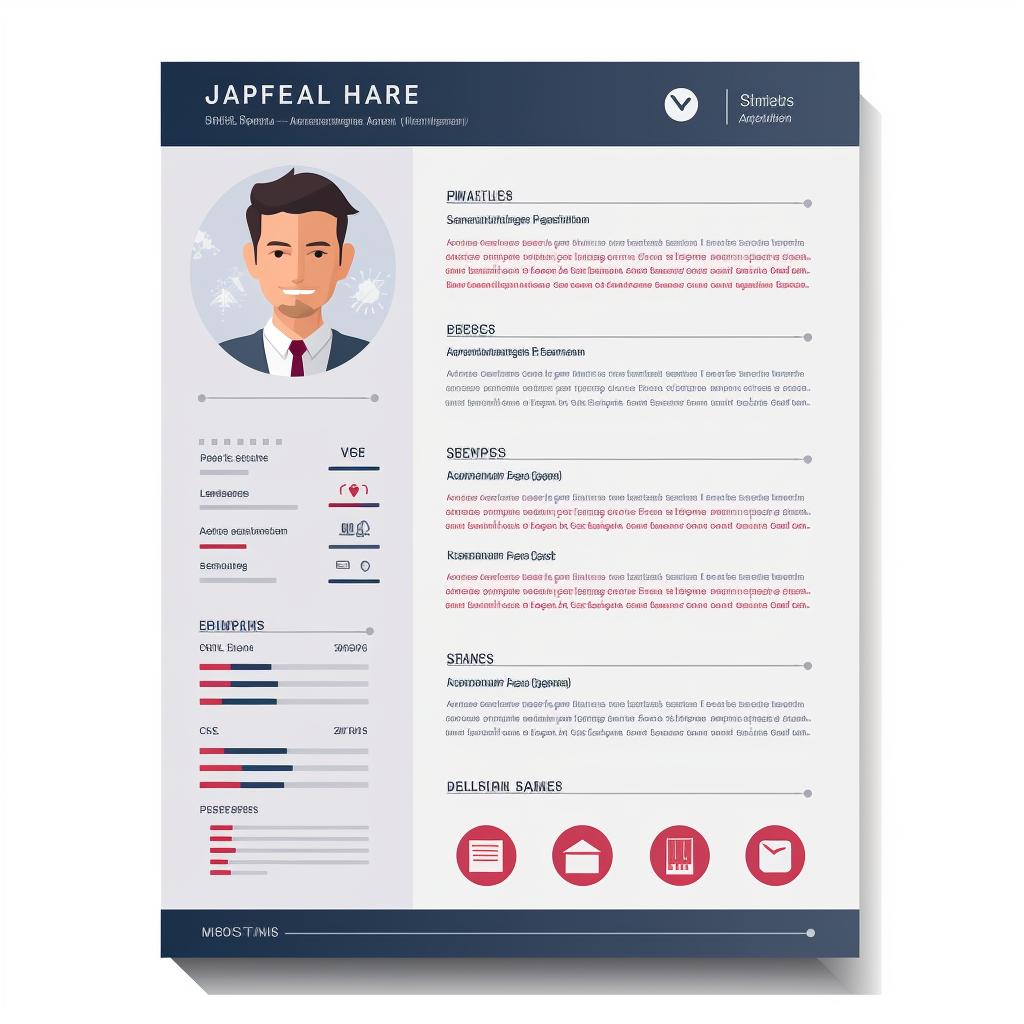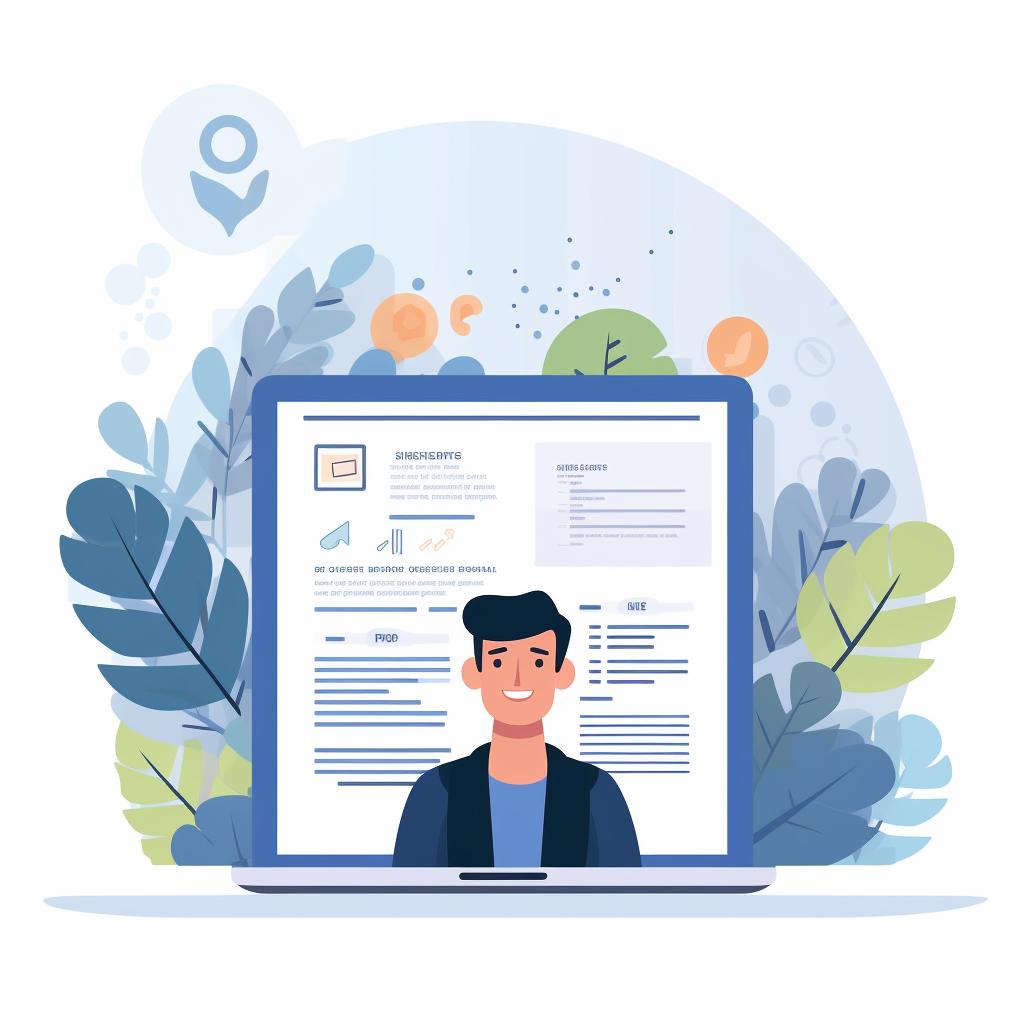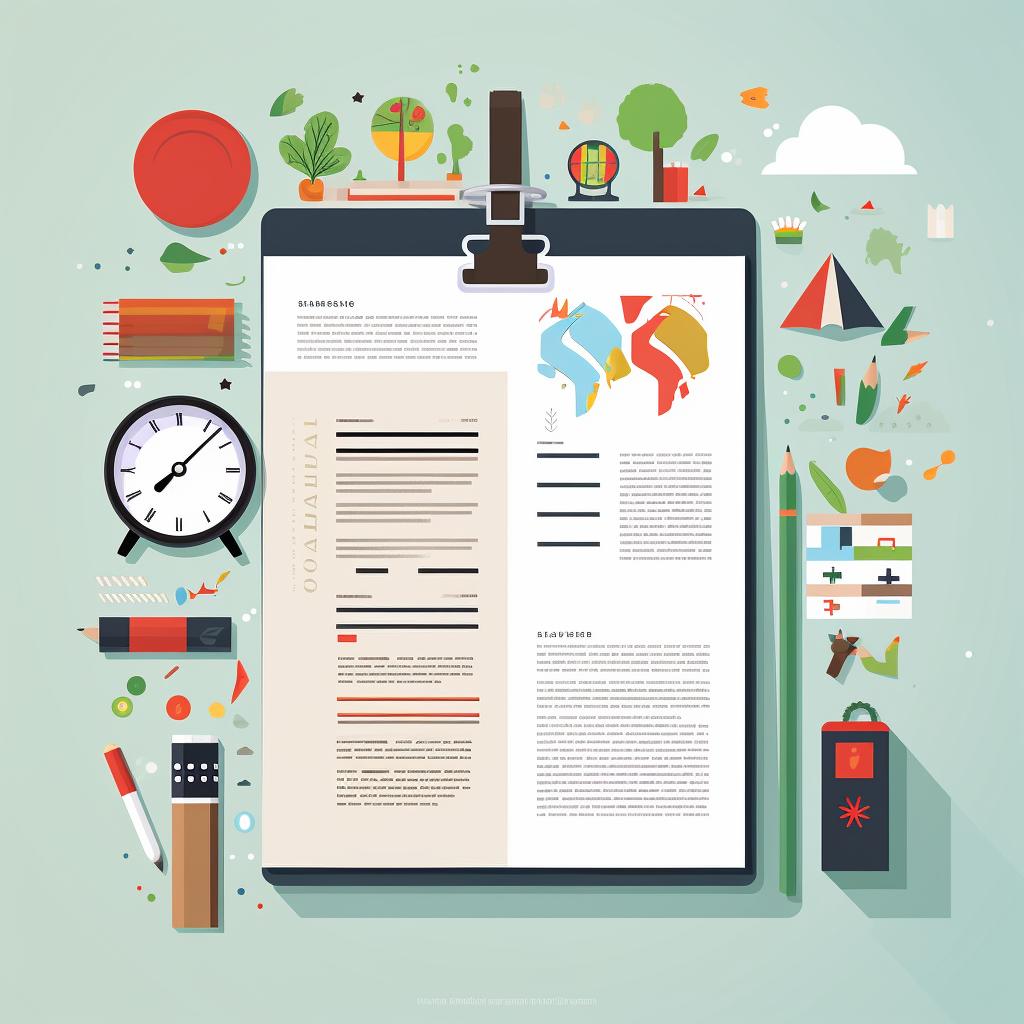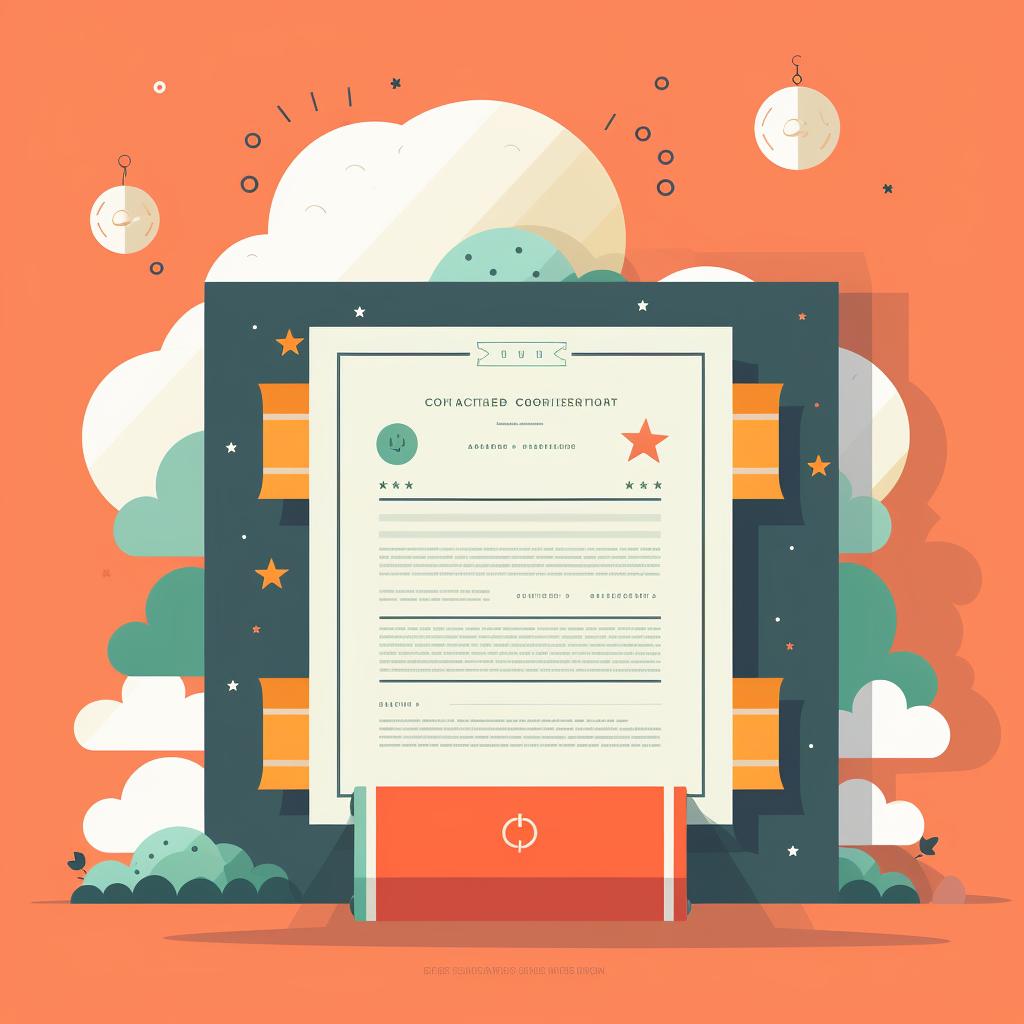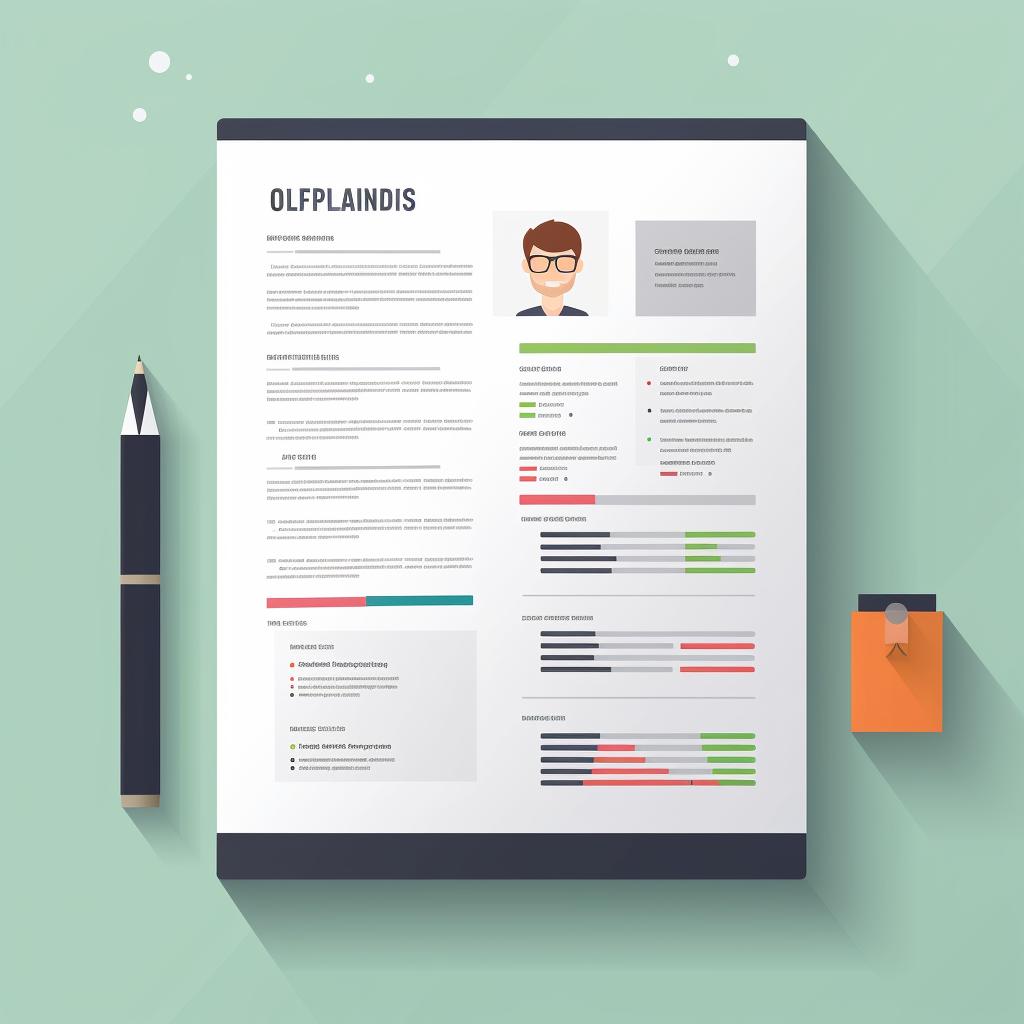Whitney Mante is a skilled writer and independent editor who has a special talent for transforming ordinary information into captivating narratives. She takes pride in aiding individuals to narrate their professional journeys in the most effective manner through their resumes.
Creating a professional resume can feel like a daunting task, but fear not! It's all about presenting your skills and experiences in the best light and selecting the best resume templates that highlight your strengths. Let's break it down step-by-step.
🎯 Picking Your Path: How to Select the Best Resume Template?
Firstly, the template you choose can set the tone for your entire resume. Modern resume outlines are a great starting point for most job seekers. They balance sleek design and clear presentation of information, making your resume both aesthetically pleasing and easy to read. You can find a selection of high-quality free online resume templates on our site.
Choosing the Right Resume Template
This quiz will help you understand the importance of choosing the right resume template and how it can set the tone for your entire resume.
Learn more about Choosing the Right Resume Template ✨ or discover other Dump CV quizzes.
✍️ Your Story, Your Words: How to Craft Your Resume Content?
Next, you need to craft the content of your resume. Start with a compelling personal summary that highlights your career goals and key achievements. Then proceed to your work experience, education, skills, and other relevant sections. Remember, every word counts, so make sure to optimize your resume for the job you're applying for. You can check out our tips to elevate your job application for more advice.
Let's dive into the step-by-step guide on how to craft each section of your resume:
Learn more about 📝 Crafting a Winning Resume: A Step-by-Step Guide or discover other Dump CV guides.
Now that you've crafted each section of your resume, it's time to move on to editing and proofreading. Remember, your resume is your ticket to your next job, so make sure it's perfect!
🔎 The Devil's in the Details: Why Editing and Proofreading Matter?
Once you've drafted your resume, it's time to edit and proofread. This step is crucial to ensure your resume is free from errors and communicates your abilities effectively. If you need assistance, consider using a resume editing service.
Before you move on to making your resume stand out, let's make sure it's free from errors. Here's a checklist to guide you through the proofreading process:
Great job on proofreading your resume! Now, let's focus on making your resume stand out among the rest.
💡 Outshine the Rest: How to Make Your Resume Stand Out?
Lastly, the key to a successful job application is making your resume stand out. This can be achieved by tailoring your resume to the specific job, using action verbs, quantifying your achievements, and incorporating relevant keywords. Our guide on modern resumes provides more in-depth advice on this topic.
Now, let's dive into a more detailed presentation that will guide you through the process of creating a professional resume.
In summary, creating a professional resume involves choosing the right template, crafting compelling content, meticulously proofreading, and regularly updating your resume. Remember, your resume is your personal marketing tool, make it count!
In summary, creating a professional resume involves choosing the right template, crafting compelling content, meticulous editing and proofreading, and making sure it stands out. It might seem challenging at first, but with the right resources and a bit of practice, you'll be on your way to crafting a resume that opens doors to new career opportunities.
Now that we've covered the basics of creating a professional resume, let's address some common questions you might have.
Remember, your resume is a reflection of your professional journey. Don't rush the process and be sure to make it count!
Remember, your resume is a reflection of your professional journey. Make it count!


